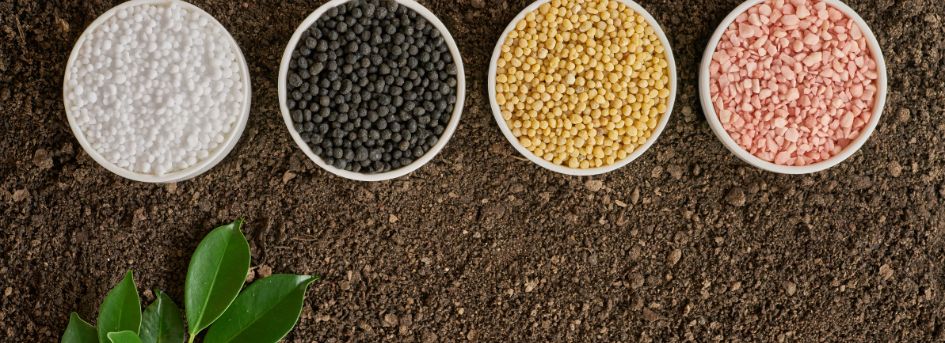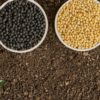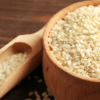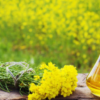A journey from Organic to Organic
By Jaidev Sharma
Human Being (Illinois, USA)
Planet Earth
What is the status of raw food today?
Most of the food on market shelves that comes from plants is grown with the help of fertilizers and treated with chemicals. In addition, a good percentage of food is genetically modified. The food generally looks good, but its nutritional value is poor. Not only does it not provide the same nourishment that it once did, but it also contains chemicals that are unhealthy and, in some cases, toxic.
It is, of course, not the case if the food is certified organic, in which case it is grown via natural means – no chemicals, no pesticides, and no fertilizers were used in the lifecycle. Organic certification also means no genetic modification of the plants.
Currently, there is widespread use of chemicals in agriculture, which find their way into the food we eat and into our bodies. Numerous toxins and improper nutrition interfere with the normal functioning of a healthy body. Diseases and cancers are increasing at an exponential rate. Even though life expectancy has increased, the quality of health has degraded.
How did we get here?
Let us trace this to the first known use of modern fertilizers. Science, post Renaissance period, has shown that phosphorus, nitrogen, and potassium are all essential nutrients for plants. Synthetic potassium, nitrogen and potassium fertilizers were developed at the end of the eighteenth century. It is not important when they were created, but how they were used.

Before the use of synthetic fertilizers, the primary or sometimes the only nourishment provided to plants was either supplied by nature or obtained through decomposed organic matter. These is scant evidence to suggest the use of harmful chemicals in agriculture. So, in pre-modern times, our food was organic.
Once we created fertilizers, initially they were used alongside organic fertilizers. Using fertilizers and the existing organic fertilizers together resulted in a more abundant yield. This thrilled the producers, and for a while, with a considerable increase in productivity. With decreased dependence on nature and enhanced irrigation mechanisms, an apparent revolution had arrived in agriculture.
Since the traditional method of making compost is time-consuming and dirty, relying on modern fertilizers is cheaper and cleaner. As the smart, newly awakened scientist learnt more, additional chemically produced substances were added to fertilizers. With time, many farmers stopped adding compost for nutrition to save money. Commercial interests have touted modern agriculture’s superiority in no small measure and advertised it glowingly!!
However, after extended use for a few decades, the growers noticed that their extensive and abundant crops were developing diseases they had not encountered before. Again, smart scientists came to the rescue—the insecticides, pesticides, and fungicides were created to kill the harmful pests and fungi.
Modern manufacturing and logistics helped scale production and distribute these chemicals to all nooks and corners of the world. It worked well at first, but as chemicals killed both good and bad living forms and pests became resistant, more and more chemicals were needed for same results. Not a problem for the profit-driven industry; more is good.
However, as more chemical-resistant pests thrived, groundwater and soil became contaminated, and diseases erupted, a red flag was raised again. With genetic knowledge becoming available, someone must have noticed that if we introduce DNA sequences of pests in the DNA of the plants, the pests can identify this anomaly at the bio level and refuse to eat the plants- problem solved!! So, something that the pest now refuses to eat is left for the human being!!
Presently, more than 95 percent (some say almost 100 percent!!) of conventional raw food on shelves in the developed world is produced with extensive use of chemical fertilizers, pesticides/insecticides, fungicides, and genetic modification (GMO) techniques.
Back to Nature- the Organic Alternative
As we noticed that using chemicals also killed humans in different ways or caused many diseases. the organic movement was born. It was recommended that we go back to nature and stop the use of harmful chemicals. With a better understanding of the impact of chemicals and the role of microorganisms in plant growth and nutrition a lot of research has also been done in this field. The US Congress adopted the organic standard in 1990 and it has been developing it ever since.
Here is what every human should know and should consider:
- The nutrition capacity of a plant depends on the soil and the environment. A lot of nutrients- macro and micro, are produced by microorganisms in the soil. Decomposing organic matter is high in these microorganisms. The nutrients thus created have to be absorbed by plants, have to find their way into fruits, vegetables, grains, and pulses and then make their way to our body to make it healthy. If all this happens, then Organic food is nutritious.
- Organic food does not contain harmful chemicals that can find their way through insecticides, pesticides, and fungicides into the body. Elimination of chemicals prevents many diseases and hormonal imbalances that can plague the human body.
- Repeated use of chemicals has depleted the organic content in the soil drastically, and vast tracts of previously rich agricultural land are now turning sterile. It is no longer just a theory, and the poor organic content in the soil is seriously threatening the world’s food supply. With rising population, the future of humanity is at stake.
- The presence of traces of micronutrients in organic foods makes it tastier and more satisfying to eat.
- Organic foods are more resistant to disease naturally. This natural disease resistance of organic foods finds its way into our body and strengthens it.

We have come full circle—from organic by default to organic by choice. Our team at ZZOrganic.com is committed to this philosophy and is happy to undertake this journey with you. You can place your orders for organic foods at zzorganic.com/shop.
References:
History of Chemical Fertilizer Development, Darrell A. Russel, Gerald G. Williams, Soil Science Society of America Journal, Volume 41, Issue 2, March April 1977




